Reclaiming narratives in tech this Black History Month
Posted on: 24 October 2024 in Community
.jpg)
October is Black History Month, and this year’s theme is Reclaiming Narratives giving us the opportunity to recognise and correct the stories we tell about Black history and culture.
There have been many Black tech pioneers who have contributed to the digital world we live in today, but their stories have often been overlooked or even deliberately hidden, so this Black History Month IT Services is telling their stories and raising awareness of the invaluable contributions they have made.
Here are some key members of the Black community who have shaped the way we use technology today. 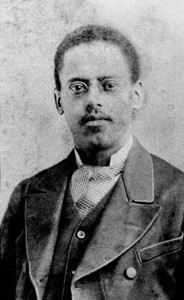
1. Lewis Howard Latimer
It’s easy to focus on computers and smartphones when thinking about technology, but without the original telephone or lightbulb, things would probably have ground to a halt pretty quickly.
Lewis Howard Latimer was employed by Alexander Graham Bell’s patent law firm to draft the drawings required to patent Bell’s telephone, and his contributions to the development of the lightbulb were revolutionary, significantly reducing the number of breakages which occurred during the production of Thomas Edison’s original design.
Latimer was also a keen artist, who played violin and flute, painted portraits,
and wrote poetry and plays. He also made early contributions to the Civil Rights movement, writing a statement for the National Conference of Colored Men in 1895.
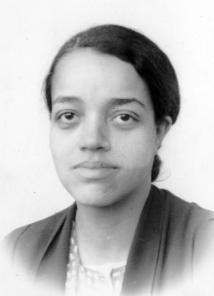
2. Dorothy Johnson Vaughn
The 2016 film Hidden Figures covered Dorothy Johnson Vaughn’s career at NASA, together with that of two of her colleagues, Katherine Johnson and Mary Winston Jackson.
Vaughn was a “human computer” completing calculations of wind and gravity which helped to launch satellites and eventually humans into space. Originally, Vaughn’s department was racially segregated. After working there for six years, she became the first African American manager in her division and saw the department de-segregated a decade later, when she joined the Analysis and Computation team. It was here that her work contributed to John Glenn, the first American to orbit the Earth, making his first trip into space.
Vaughn was one of the first women who knew how to code FORTRAN and instructed other Black women she worked with on the coding language. She also wrote a song called ‘Math Math’ and the Salem Community Foundation has previously run a music scholarship in her name.
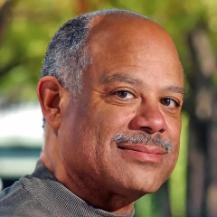
3. Mark Dean
The first two portraits in this article are in black and white, but you can see Mark Dean in colour, because he invented the coloured monitor for PCs.
Dean worked for IBM in the 1980s as Chief Engineer of PC Design managing the team which designed IBM’s first PC, which would become both a popular model and the basis for future PC designs. Dean also developed the first gigahertz processor in 1999 which allowed PCs to work faster as computing technology went into the new millennium.
Dean was the first African American to become an IBM Fellow and was inducted into the National Inventors Hall of Fame in 1997.
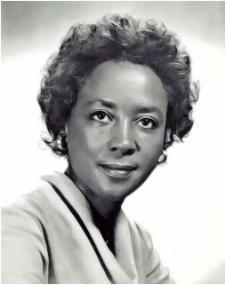
4. Annie Easley
Not only was Annie Easley a rocket scientist at NASA, but she also worked on technology that led to the development of the batteries used in today’s hybrid vehicles.
After reading about human computers working at NASA, Easley was intrigued and applied for the job. She was successful and was eventually promoted to math technician, during which time she studied for a degree in mathematics. As technology evolved, so did Easley’s skills and she learned to code with languages such as SOAP and FORTRAN.
Easley’s mother had told her that anything was possible if you put the work in and this belief carried her through the discrimination she encountered, including being cut out of a team photograph. She famously said that if people couldn’t work with her due to their own prejudice, she would work around them and never walk away.
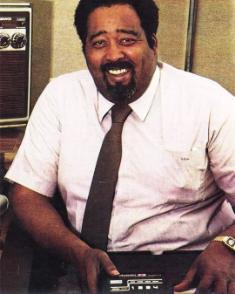
5. Jerry Lawson
We take it for granted that we can play different games on our home game consoles, but before Jerry Lawson invented interchangeable game cartridges, consoles came with the game built directly into the hardware and couldn’t be used to play anything else.
Lawson was Head of Engineering and Marketing at Fairchild Semiconductor’s gaming division and, while the Fairchild Channel F console never took off in the same way that Atari, Nintendo and Sega did, it did revolutionise gaming in a world where most people believed would never be able give a game console its own microprocessor.
Always keen on engineering, Lawson spent much of his teenage years repairing electronics around his neighbourhood and even built his own ham radio which allowed him to run his own station.
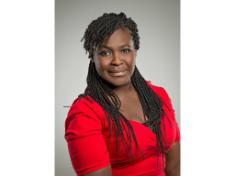
6. Dr Maggie Aderin-Pocock
If you’ve ever watched The Sky at Night or CBeebies’ Stargazing, you will be familiar with Dr Maggie Aderin-Pocock.
Aderin-Pocock always wanted to go into space but was told by her teachers to pursue nursing instead as it was “more realistic” and “still scientific”. However, she pursued her love of science anyway, obtaining her PHD in mechanical engineering from Imperial College London in 1994. Since then, she has worked on several analytical tools, including the Aeolus satellite, which measures wind speeds in the Earth’s atmosphere to help our understanding of climate change.
Aderin-Pocock is dyslexic and struggled in an education system which viewed her as unintelligent and pushed her to the back of the classroom. Now she encourages under-represented groups to pursue careers in STEM and has given inspirational talks to over half a million people all over the world.
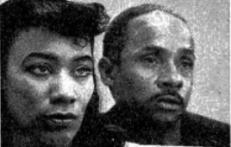
7. Albert L. Brown and 8. Marie Van Brittan Brown
If you use a smart doorbell to keep an eye on your home while you’re out, manage deliveries and feel secure in your home, you have the Browns to thank.
The Browns were a married couple who lived in Queens, New York in the mid-1960s who were concerned by the high level of crime in their neighbourhood and the low rate of response from police to any emergencies. So together they invented a closed-circuit television home surveillance system, which captured multiple angles of video and transmitted them to a home monitor. A built-in audio system also allowed people in the home to communicate with visitors on the doorstep and, in the event of an intrusion, it was possible to activate an alarm system.
Feeling safe in your home is a fundamental human right, and it was a sad reality that the complexity of the Browns’ invention meant that it was unaffordable to the people who most needed it, but their idea lives on.
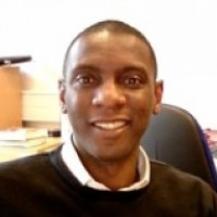
9. Dr Mark Richards
Dr Mark Richards is the founder of the Blackett Lab Family, whose mission is to change to face of physics by uniting Black minds to see beyond.
An atmospheric physicist, Richards has developed wireless environmental sensors which monitor pollution and air quality. The health implications of air pollution, particularly in our cities, means that accurate monitoring is key to being able to assess the risks in more detail. Richards hopes that the concrete details in his research will convince key groups to work towards improved air quality for everyone.
Richards is also passionate about music and DJs as DJ Kemist. He unites both his passions by complementing music with physics, exploring how sound waves are manipulated when mixing.
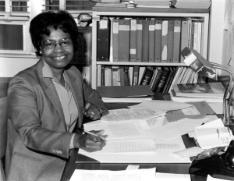
10. Gladys West
Next time you get lost and look at a map on your phone to check directions, think of Gladys West whose mathematical work contributed to the development of GPS.
West began her career as a mathematician, particularly admired for being able to solve complex equations using pen and paper. While working at the US Naval Proving Ground, she began working on computer programmes which could solve these equations for her. She later worked on GEOSAT, a satellite which was programmed to create models of the surface of the Earth. This allowed West and her team to precisely calculate the orbit of satellites and led to a determination of the exact shape of the Earth. This work allowed for the accurate calculations which allow today’s GPS systems to accurately calculate the location of anywhere in the world.
West was a supporter of the Civil Rights movement but could not participate in protests because she was a government employee, so was part of a Civil Rights club of Black women who lived on the Naval base. As one of history’s “hidden figures” she completed revolutionary work, which was not formally recognised at the time, while her white colleagues were commended.
We’d love to hear who your stories of digital Black History: @livuniit
Keywords: Black History Month, Reclaiming Narratives, University of Liverpool, Community, Tech.